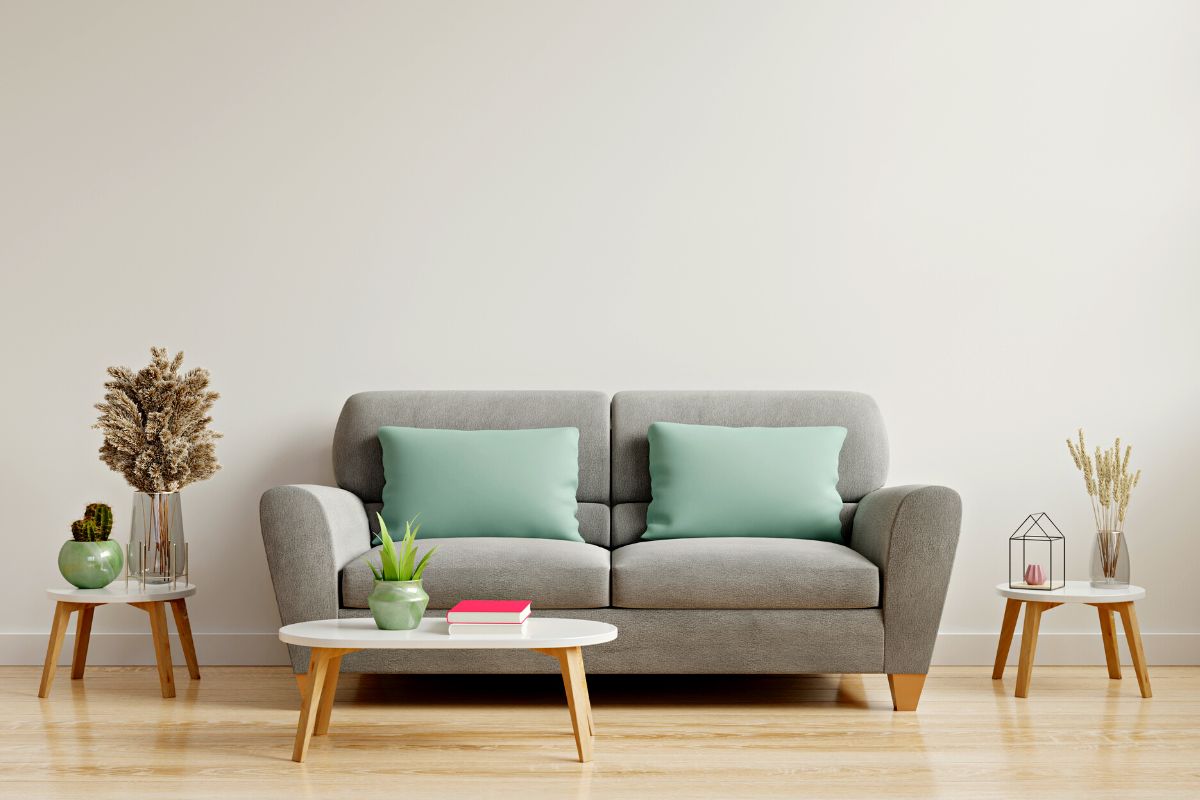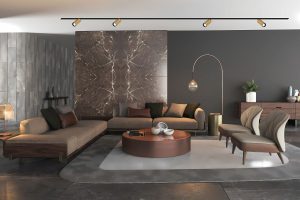Danish furniture has become well-known around the world for its modern, minimalist design and exceptional craftsmanship. Such furniture gained popularity for its clean lines, functionality, and use of natural materials. One can also characterize Danish furniture by its simplicity, functionality, comfort, and quality materials. It often features sleek, organic shapes and is made from natural materials like wood, leather, and wool.
Today, these design principles continue to influence Danish furniture design, and many designers strive to create pieces that embody these ideals. At Ferm Living, they are passionate about Danish furniture and design. You will also find attention to detail, with pieces often featuring exquisite joinery and elegant finishes.
Let us now delve into the importance of furniture in space before digging more into the design principles of Danish furniture.
Importance Of Furniture in A Space
Furniture plays a critical role in making a space more useful in terms of comfort. It not only provides practical functions but also contributes to the overall aesthetic and atmosphere of a space. Furniture serves a practical purpose, providing seating, storage, and work surfaces. The right furniture can help to maximize space and make it more functional for its intended use. Good furniture can make a space more comfortable and inviting. All the furniture is designed with ergonomics in mind and it can help to reduce fatigue and discomfort when working or sitting for long hours.
Furniture also plays a major role in the visual appeal of a space. You can use them to define and organize a space. Clever furniture placement can also help to make a space appear larger or more intimate, depending on the intended effect. You can also use furniture to express personal style and taste. Whether it’s a statement piece like a bold-colored accent chair or a family heirloom passed down through generations, furniture can tell a story and add character to a space.
We will explore the design principles behind Danish furniture and how they have shaped the industry.
1. Simplicity in Design
Simplicity is a hallmark of Danish furniture design. Danish designers aim to create pieces that are visually appealing but also simple in design. This simplicity is achieved by using clean lines, minimal ornamentation, and natural materials.
The use of natural materials is another hallmark of Danish furniture design. Wood, in particular, is a popular choice for Danish furniture, with many designers favoring light-colored woods like oak and ash. The natural grain of the wood is often left exposed, giving the furniture a warm, organic feel.
2. Functionality in Design
In addition to simplicity, functionality is another key principle of Danish furniture design. Danish designers strive to create pieces that are not only visually appealing but also practical and useful. Functionality is a core principle of Danish furniture design and is highly valued by designers and consumers alike.
In Danish furniture design, form follows function, meaning that the design of a piece of furniture should be driven by its intended use and practical requirements. The importance of functionality in Danish furniture design can be attributed to several factors such as practicality, simplicity, quality, comfort, and versatility.
3. Craftsmanship in Design
Craftsmanship is a cornerstone of Danish furniture design. Danish furniture is known for its exceptional quality and attention to detail, with many pieces featuring exquisite joinery and elegant finishes. One of the reasons for the high level of craftsmanship in Danish furniture is the use of traditional techniques. Many Danish furniture makers still use traditional woodworking techniques, such as hand-cutting dovetail joints and hand-finishing surfaces.
The use of high-quality materials is another key aspect of Danish furniture craftsmanship. You will see maximum use of natural materials like wood, leather, and wool, which are chosen for their durability and aesthetic qualities. The natural beauty of these materials is often highlighted through careful finishing techniques, such as sanding and oiling.
The Bottom Line
Danish furniture design has been shaped by the principles of minimalism, comfort, and craftsmanship. These principles have influenced countless designers over the years and continue to inspire new generations of furniture makers. By embracing these ideals, one can create furniture that is both timeless and relevant, and that will bring joy and comfort to generations to come. Today, Danish furniture continues to be popular worldwide, and many Danish furniture designers are still producing new pieces.
At Ferm Living, they are committed to upholding the principles of simplicity, functionality, and craftsmanship in their furniture designs. They believe that furniture should serve your purpose in every sense. It should be beautiful and have practical usage. And that every piece should be crafted with the utmost care and attention to detail to serve its ultimate purpose. Whether you are looking for a classic piece or a more contemporary design, check out the collection offered and get a piece of furniture in impressive timeless style and exceptional craftsmanship.












